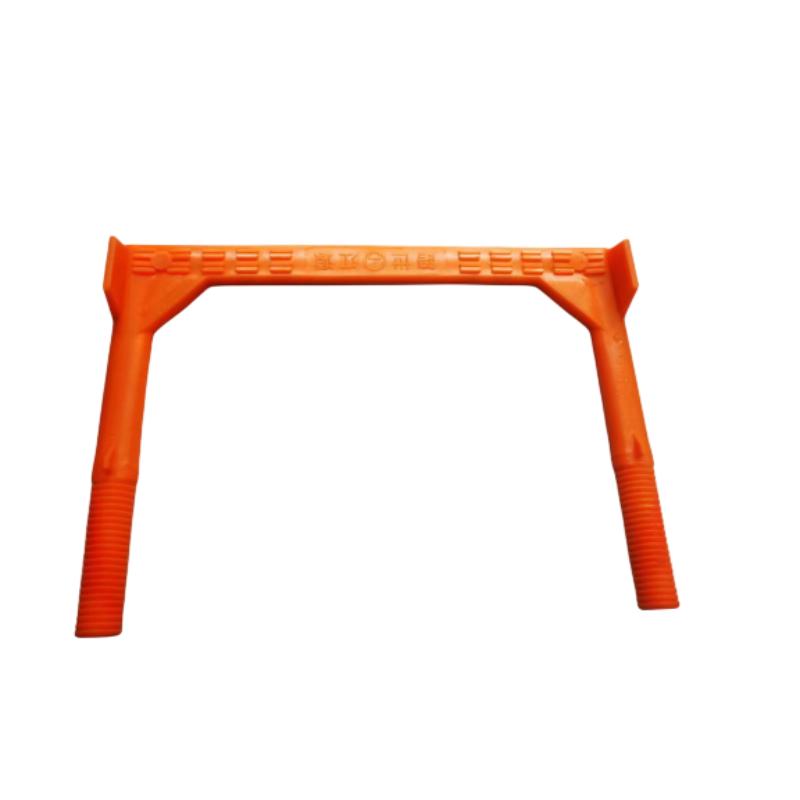Exploring the Benefits and Applications of Metal Gully Grid Systems in Modern Drainage Solutions
The Metal Gully Grid Bridging Functionality and Aesthetics in Urban Design
In the ever-evolving landscape of urban infrastructure, the metal gully grid stands out as an essential feature that promotes efficiency, durability, and aesthetic appeal. These structures, often found lining streets, parking lots, and public spaces, play a critical role in stormwater management while contributing to the overall beauty of the urban environment.
Understanding Metal Gully Grids
Metal gully grids are typically fabricated from materials such as cast iron or stainless steel, chosen for their strength and resistance to corrosion. The primary function of these grids is to cover drainage gullies, preventing debris, leaves, and other pollutants from clogging the drainage systems. By facilitating the efficient flow of water, metal gully grids help minimize the risk of flooding, protect roadways, and maintain the integrity of urban infrastructure.
Functionality and Performance
From a functional perspective, the importance of metal gully grids cannot be overstated
. With urban areas experiencing increased rainfall due to climate change, efficient stormwater drainage has become essential. Metal grids are designed to withstand heavy loads and resist damage from vehicular traffic, making them ideal for high-traffic zones. Their open design allows for optimal water flow, ensuring swift drainage during downpours.Moreover, the perforations in metal gully grids can be engineered to meet specific hydraulic needs, effectively serving various urban environments. In residential areas, for instance, smaller grids may suffice, while larger commercial developments might require robust units that can handle greater volumes of water. This adaptability makes metal gully grids a versatile solution for diverse urban settings.
metal gully grid

Aesthetic Considerations
While functionality is paramount, the aesthetic aspect of metal gully grids also plays a significant role in modern urban design. Cities are increasingly leaning towards designs that enhance the visual appeal of public spaces, and gully grids are no exception. Available in various styles and finishes, metal grids can complement architectural designs and urban landscapes.
Designers are now incorporating artistic elements into the grid patterns, transforming these mundane structures into eye-catching features in the urban milieu. Engaging with local artists for custom designs and patterns helps create a sense of place, fostering community pride while also serving a critical utility.
Environmental Benefits
The environmental impact of well-designed gully grids extends beyond stormwater management. By effectively routing water into underground systems, these grids help reduce erosion and sedimentation in local waterways. Additionally, they can be integrated with green infrastructure solutions, such as rain gardens or bioswales, further enhancing their ecological benefits. This synergy between technology and nature underscores a modern approach to urban planning that emphasizes sustainability.
Conclusion
The metal gully grid is more than just a functional element within our cities—it's a fusion of engineering and aesthetics that enhances both the efficiency and the beauty of urban landscapes. As cities continue to grow and evolve, these grids will play a pivotal role in addressing the challenges posed by urbanization and climate change. By investing in high-quality, stylish metal gully grids, urban planners can ensure the longevity and resilience of city infrastructure while also contributing to the visual richness of the environments we inhabit. Embracing such innovations will be crucial in forging sustainable urban futures that prioritize both functionality and aesthetics.
-
The Smarter Choice for Pedestrian AreasNewsJun.30,2025
-
The Gold Standard in Round Drain CoversNewsJun.30,2025
-
The Gold Standard in Manhole Cover SystemsNewsJun.30,2025
-
Superior Drainage Solutions with Premium Gully GratesNewsJun.30,2025
-
Superior Drainage Solutions for Global InfrastructureNewsJun.30,2025
-
Square Manhole Solutions for Modern InfrastructureNewsJun.30,2025
-
Premium Manhole Covers for Modern InfrastructureNewsJun.30,2025
